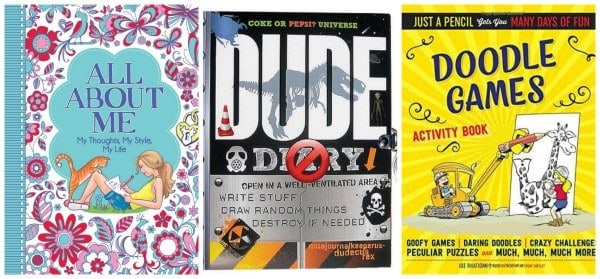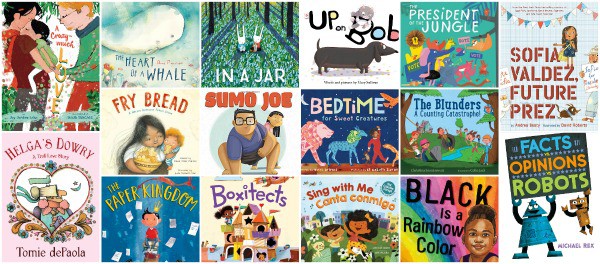How to Teach Kids Persuasive Writing: Books & Teaching Tips
This post may contain affiliate links.
Imagine being able to change someone’s mind with written words! Teaching children persuasive writing will help them become better thinkers. Not to mention, teaching children to spot persuasive arguments in the world (writing, media, etc.) will help them become critical thinkers.
Persuasive writing is a form of writing in which the writer influences the reader’s opinion and uses persuasive arguments to convince the reader of their point of view.
Writing persuasive arguments conveys to the audience what the author thinks the readers need to know in order to be persuaded about the author’s opinion.
Persuasive writing is not to be confused with opinion writing, however, which uses language such as “I believe” and does not provide evidentiary support. Opinion writing is subjective. While persuasive writing is also someone’s point of view, it’s not opinions without evidence. In persuasive writing, writers use persuasive arguments to defend their position with statements supported by facts.
Persuasive writing teaches:
- how to state a viewpoint
- how to disagree in an agreeable manner
- how to see different opinions
- a development of critical thinking skills
- how to gather and state factual information

Persuasive Writing: Mentor Texts
Mentor texts are a great way to introduce persuasive writing. Before you read, ask children to predict what they think the story will try to persuade someone to do. After you read, confirm or change what the persuasive topic was in the story.
Ask readers if they felt like the persuasive arguments were successful and why.
Make a list of topics from these mentor text choices.
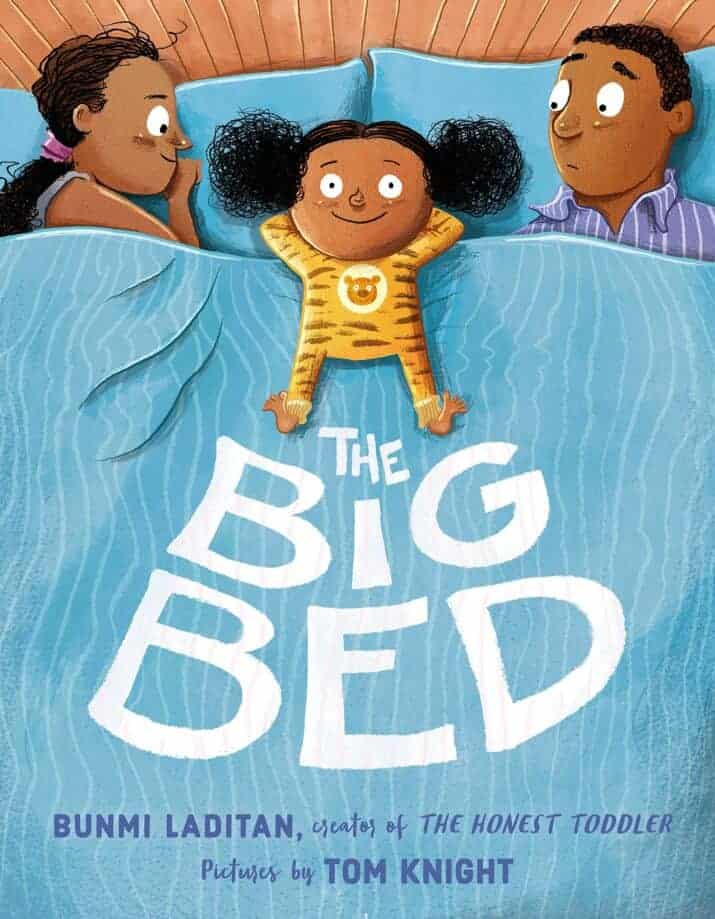
The Big Bed written by Bunmi Laditan, illustrated by Tom Knight
A little girl presents amusing and persuasive arguments to her father, offering her reasons for why she should get Mommy’s bedtime cuddles and not him.
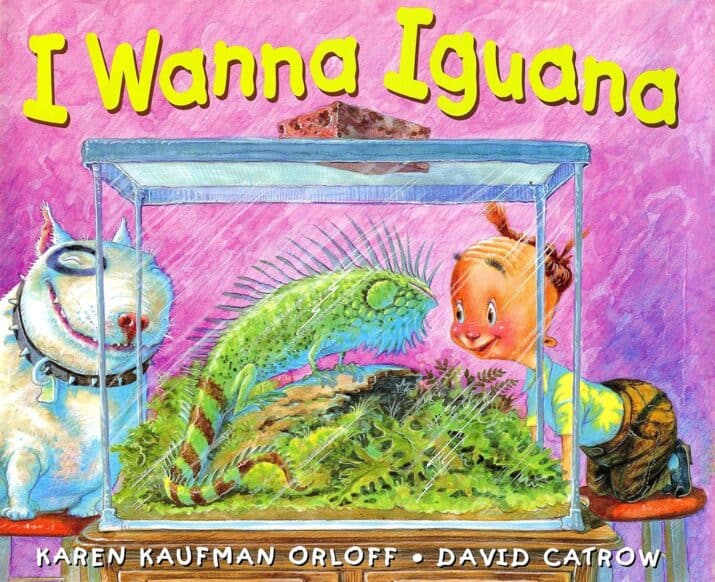
I Wanna Iguana written by Karen Kauffman Orlaff, illustrated by David Catrow
A boy desperately wants an iguana as a pet. Through letter writing between mom and son, each gives arguments for their side. Whose persuasive writing will be more convincing?
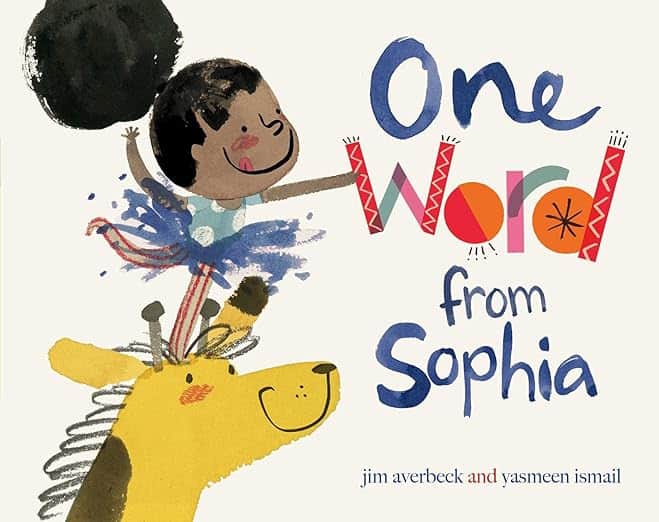
One Word from Sofia written by Jim Averbeck, illustrated by Yasmeen Ismail
It’s Sofia’s birthday, and she wants a pet giraffe. She uses persuasive arguments to convince her family—a judge, a businessman, a politician, and Grand-mama—in a manner that would appeal to each in particular through a slideshow, a graph, charts, and a surprising “one word.”
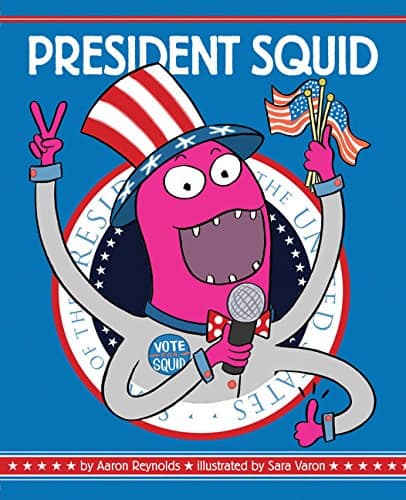
President Squid written by Aaron Reynolds, illustrated by Sara Varon
A squid decides to be president and presents five reasons why he would make a good president. Are these reasons good enough?

Who Would Win?: Killer Whale vs. Great While Shark by Jerry Pallotta, illustrated by Rob Bolster (or another book from the Who Would Win? series)
In this nonfiction series, facts are presented about opposing animals leading up to a battle. Who will win? Read to find out.
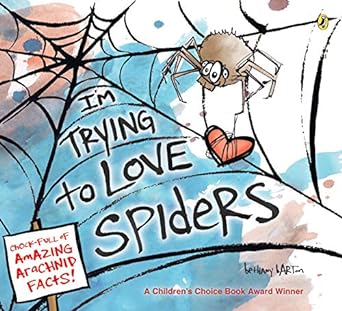
I’m Trying to Love Spiders written and illustrated by Bethany Barton
Learn interesting spider facts from a different, hilarious perspective as the author tries to persuade herself to go from a fear of spiders to loving spiders.
After reading, discuss what the main characters wanted, what their arguments were, how they supported their arguments, who their audiences were, and if their persuasive arguments were effective or not.
How to Teach Persuasive Paragraph and Essay Writing
Everything you teach children needs to be modeled first. You will show students exactly the steps as you write in front of them your own example essay or two. A “write aloud.”

Step 1: Students will brainstorm and select a topic.
Help students brainstorm topics. Start with the topics from the mentor text and add more to that list. What is something they are passionate about? What do they want others to believe in, also?
Teaching Tip: Once students have picked a topic, you can add additional criteria to a topic to allow students to think about it in different ways. For example, instead of asking who is the best superhero, try one of these questions: Which superhero is the most interesting? Which superhero is the most useful?
Combine writing topics with other school subjects:
Who is the most influential president, Lincoln or Washington?
Which insect is the most interesting pollinator?
Which renewable resource is the most beneficial?
Step 2: Students will select their point of view on the topic. In other words, what stance does the student take on the topic?
Step 3: Students will identify their audience. Who is their reader, and what will it take to persuade them to change their mind or agree with the student?
Step 4: Students will write a beginning sentence that states their point of view and grabs their reader’s attention. (If an essay, this is a paragraph.)
Step 5: Students will choose a meaningful argument, generating at least three reasons and finding facts to support those reasons. (If an essay, one paragraph for each reason.) This is the most important part of the persuasive essay. Why? What are the arguments for their position? And what support can they find for their reasons?
Remember to model this before asking students to get started. You can use a silly example, such as why teachers should always chew bubble gum, with silly reasons like jaw health and cool bubbles. Then, you can talk about how to find evidence — and what to do if they can’t find evidence. (Change topics!) Do another topic that kids won’t use and show them how to think through what would support their reasons.
Help students evaluate supportive evidence. Is it persuasive if their neighbor agrees? How about 75% of American 3rd graders? Or 2% of all dogs?
Step 6: Students will conclude their essay with a sentence that restates their position and hooks or a call to action. (If an essay, this is a paragraph.)

Step 7: Students will revise their writing for reasoning, transition words, and a convincing argument. Be sure to provide a rubric for what you’re grading for both the essay, revision, and editing.
Step 8: Students will edit their writing for punctuation, spelling, and grammar.
Persuasive Writing Extended Activities
What other learning activities can you do to teach children the art of persuasion?
- Have a debate.
- Make a commercial.
- Create an advertisement or a brochure.
When you teach students the power of someone else seeing your viewpoint, even if they may not agree, it is empowering!
Persuasive Writing Additional Resources
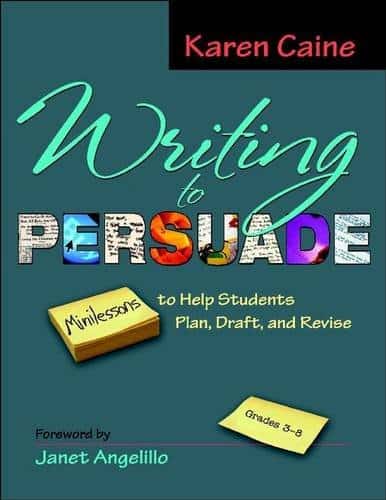
Writing to Persuade: Minilessons to Help Students Plan, Draft, and Revise, Grades 3-8 written by Karen Caine
This teacher resource book offers readily available daily or year-long lesson plans for teaching the ins and outs of persuasive writing.
Help your students organize their persuasive writing with graphic organizers on the Scholastic website.
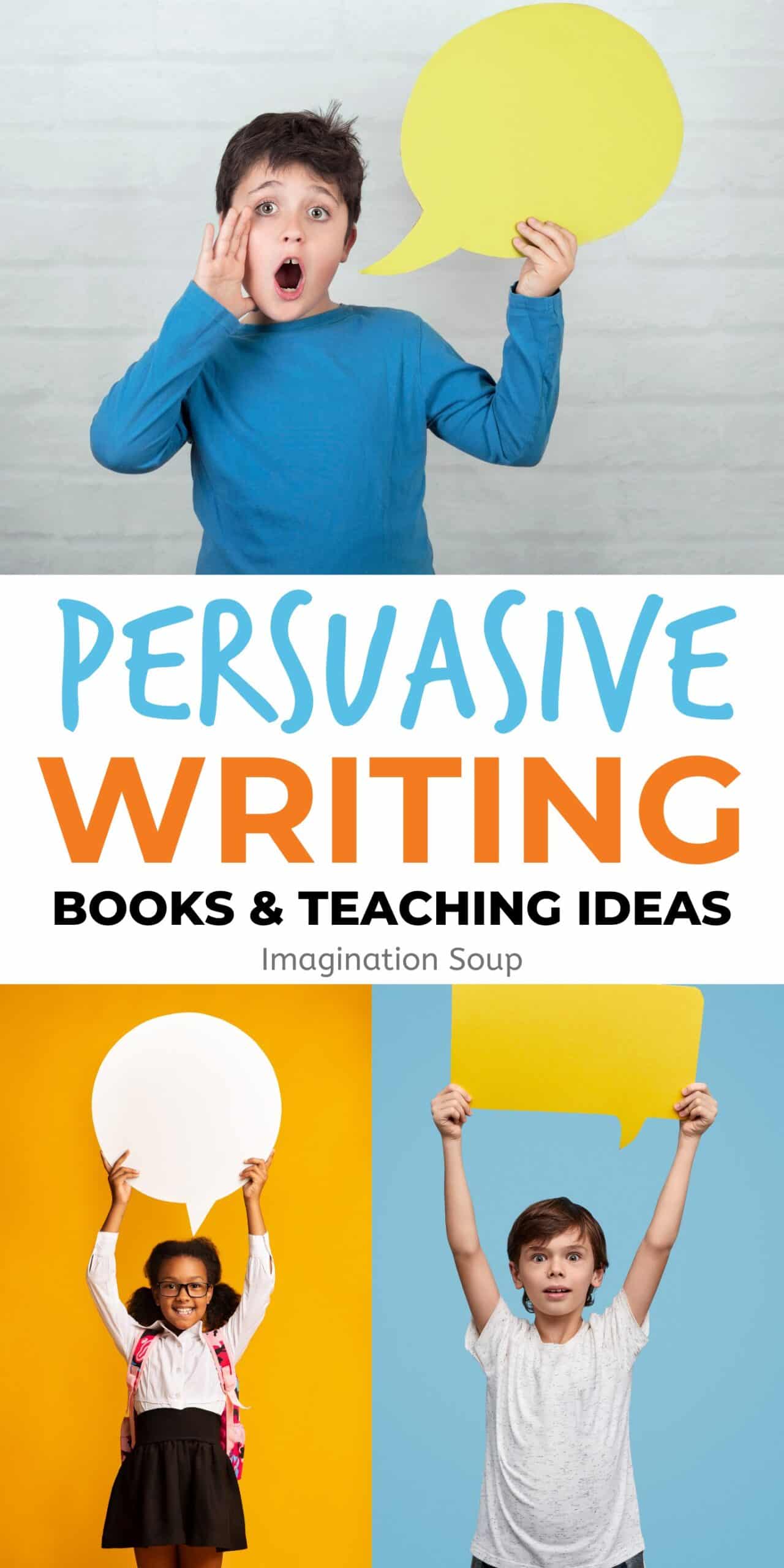
KEEP READING


